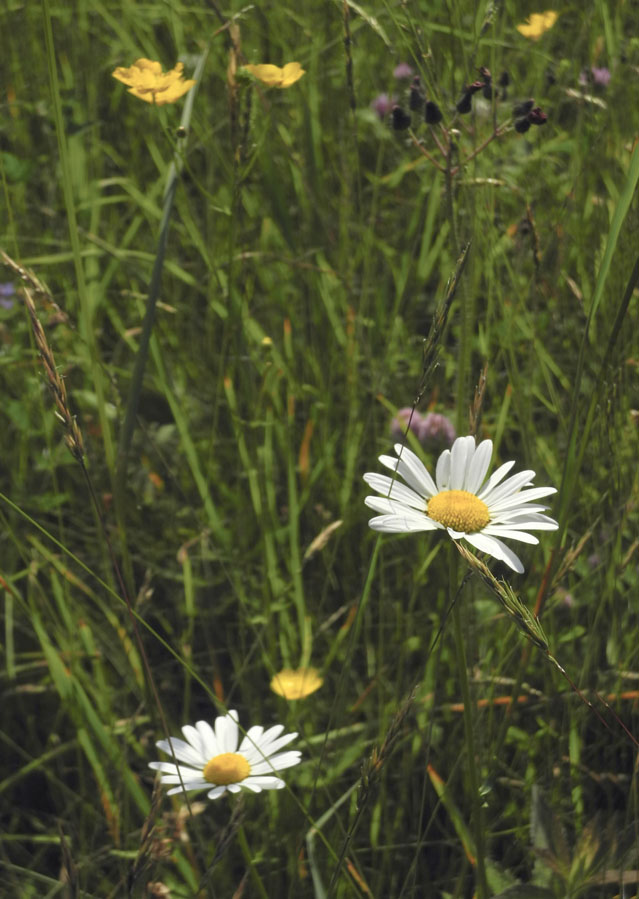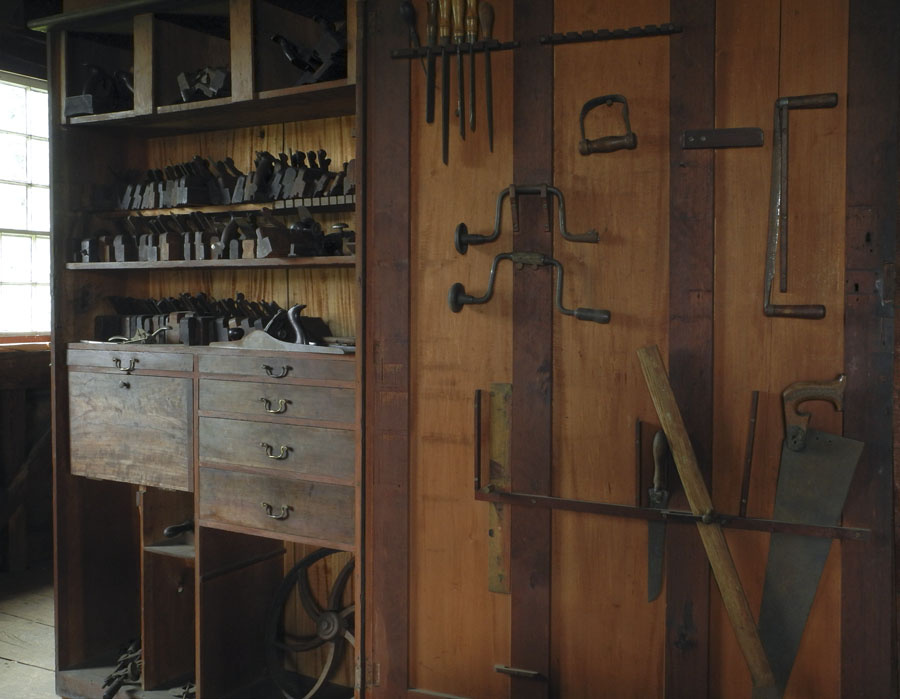I have some grassy fields which I mow once a year so that they don't grow up in brambles, shrubs, and small trees. I have others for which I hire someone with a tractor and brush hog, but these areas are my job, as I very very slowly mow through high grasses. I try to treat the work as a time to relax and look out across the landscape, seeing it from points of view that are not my usual ones. This year one small section of grass is vivid with wildflowers, common but beautiful.
There is the violet of vetch.....
....and the rich red-oranges of Devil's Paintbrush, what some folks around here call "Indian Paintbrush". It is Orange Hawkweed, an introduced species. Of course there's lots of red clover.
Not all the colors dotting the grass are intense, though the contrast of the bright white daisy petals with their rich yellow center does catch the eye.
The delicate yellow of Cinquefoil has attracted a tiny bee.
Yarrow's white is made up of many small flowers, each with its pale yellow center.
The complex form of Columbine is a delight to see out in the field, popping up here and there, adding its juicy color to the greens. I also love its seedheads, ending in flowing pointed lines.
Black-eyed Susans are beginning to open their sunny faces.
Another plant of royal purple, in bud. I was given some of this plant, which I believe is Campanula glomerata, by a friend; when it turned out to be invasive in the flower border, I tossed it into the grass, where it's been happily growing for years.
A frothy white mass, smelling sweetly under the apple tree: Bedstraw.
Milkweed is in bud, with a couple of flowers opening to show their cupped, waxy five petals. When the masses of milkweed are in bloom, the air is deliciously scented with their fragrance. I've discovered that by searing their cut stems, I can keep them in a vase and their fragrance will waft through the house.
Many years ago when I first moved here, I discovered these rugosa roses growing in the grass. I dug some up and planted them on the east side of the house where they thrived, sending up 6 foot canes and producing many fragrant flowers. And there the original roses are, low in the grass from being mowed over each year. I think that this year I will mow around them and see how they do.
This globe of light, like an enormous warm-colored dandelion, catches the sun as though it were spun gold. It's the seedhead of the Yellow Goats-beard, whose flower also looks like a dandelion. Each of these wildflowers is a pleasure to see, and there will be more to follow––Queen Anne's Lace, Jewelweed, Goldenrod––but in other fields, because, sadly, I have to mow this one in coming days.



















































